This resource provides a thorough introduction to the application of imaging spectroscopy in an agricultural context. Besides imparting the fundamentals of imaging spectroscopy specifically for agricultural applications, this course gives access to free data sources, open-source software, and hands-on training exercises. In-depth details on the physical and chemical factors controlling leaf and canopy reflectance, different vegetation traits, as well as basics of campaign- and sampling design and retrieval methods are provided.
This document contains the entire interactive MOOC “Beyond the Visible – Imaging Spectroscopy for Agricultural Applications”, published in December 2022. However, users who want to complete the course with a certificate need to participate and pass the lesson quizzes, as well as the final quiz of the online version of the course.
How to cite this course: A. Brosinsky, C. Wilczok, S. Foerster, K. Koch, T. Hank, K. Berger, M. Wocher (2022). Beyond the Visible – Imaging Spectroscopy for Agricultural Applications. Massive Open Online Course. HYPERedu, EnMAP education initiative, German Centre for Geosciences GFZ; published December 2022.
Please help us to further improve the hyperspectral resources and send us your feedback to hyperedu@eo-college.org

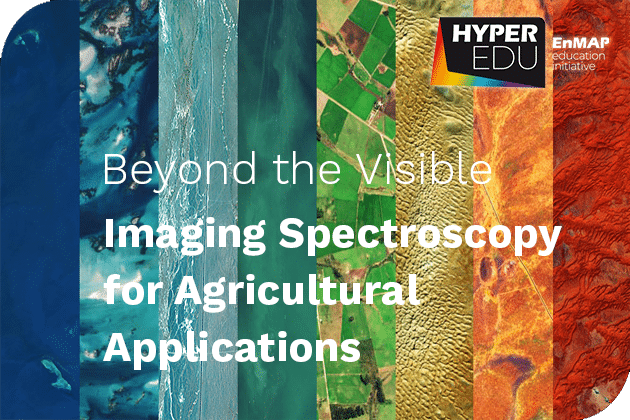
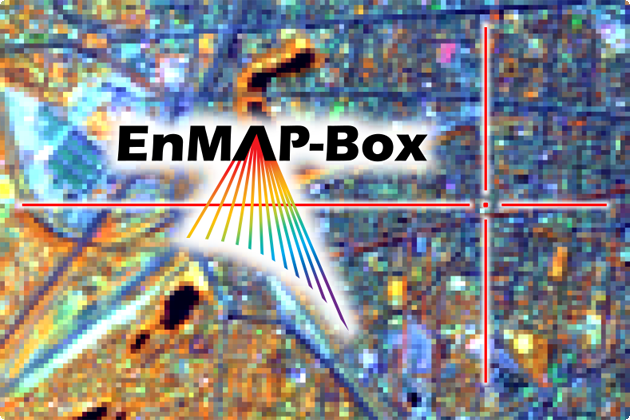
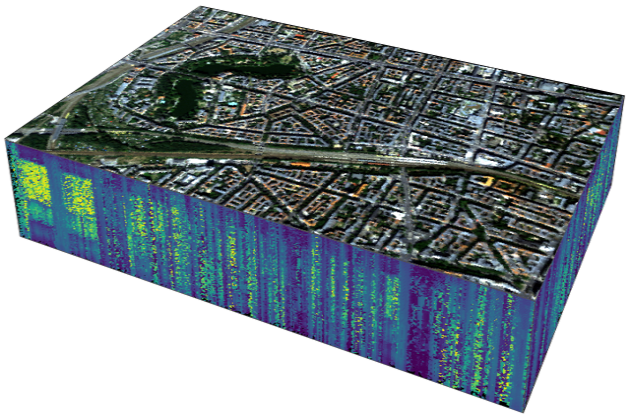
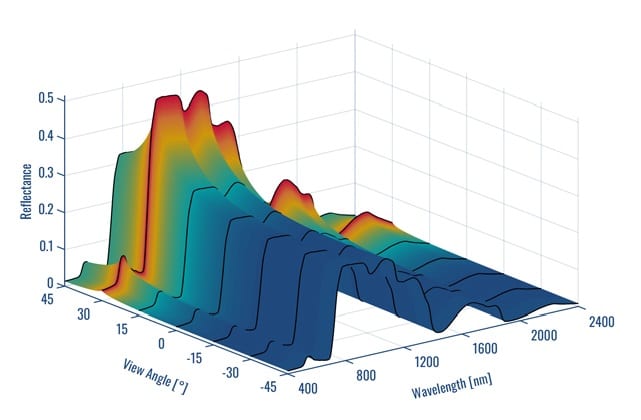
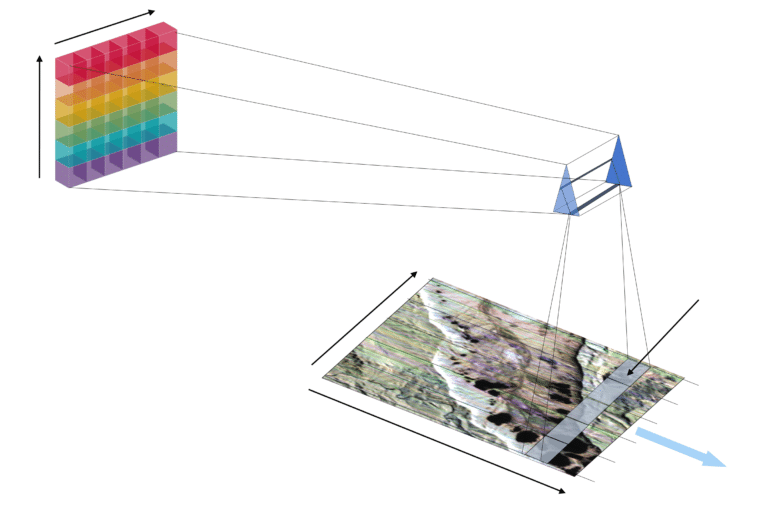
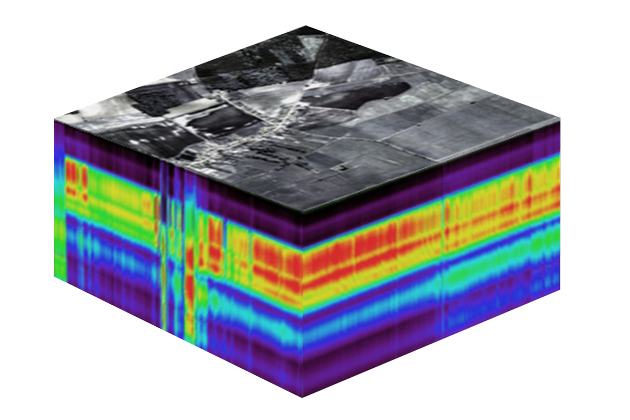
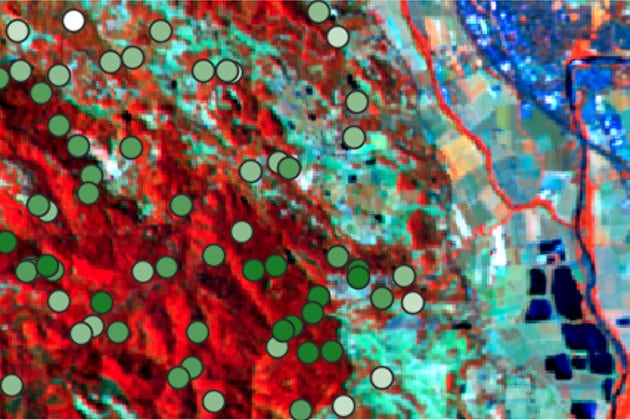
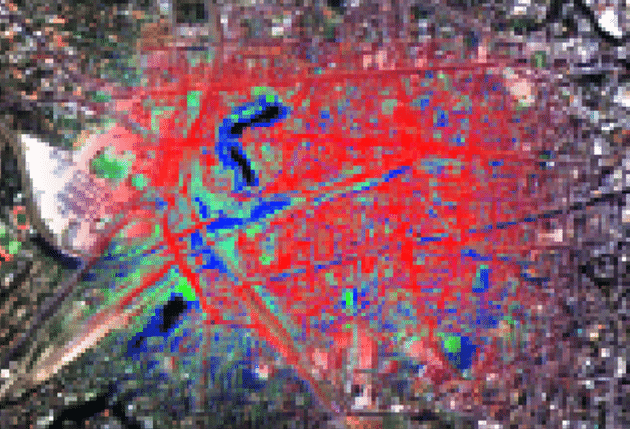
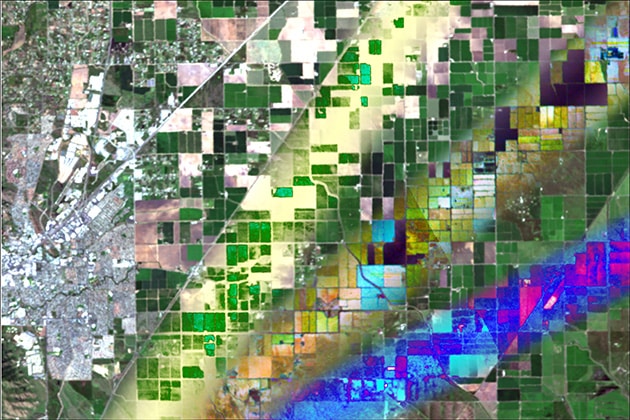
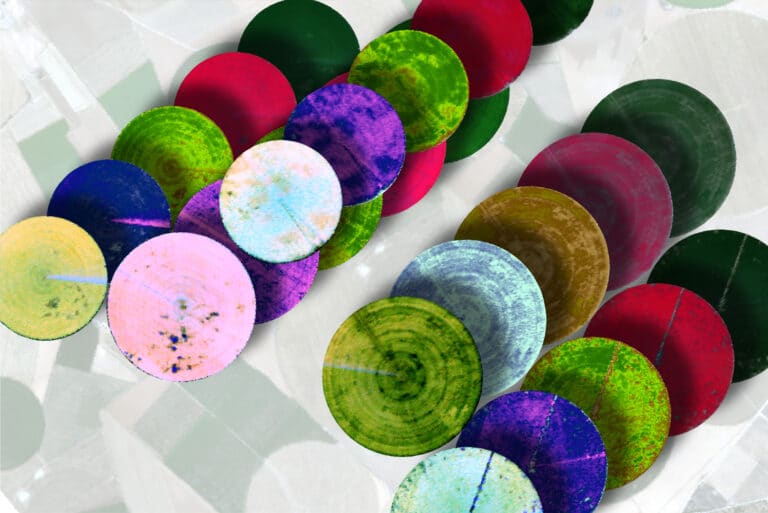
Responses